The beautiful Rhine is the cradle of German civilization, and the most beautiful section of its valley that stretches through many countries and winds for thousands of miles is also in Germany. Along the banks of this river valley, hundreds of ancient castles scattered tell the vicissitudes of history, When the sunset ripples in the river, the legend of Lorelei’s banshee seems to surface… Are you ready to embark on this romantic journey?
1. The Rhine is so long, which section of the Rhine Valley is it?
In a broad sense, the Rhine Valley is divided into the Alpine Rhine Valley in Switzerland, the High Rhine Valley from Lake Constance on the German-Swiss border to Basel, Switzerland, the Upper Rhine Valley from Basel to Bingen, Germany, the Middle Rhine Valley from Bingen to Bonn in Germany, and the Lower Rhine Valley from Bonn in Germany to the mouth of the Rhine in the Netherlands.

The narrow term “Rhine Valley” as a tourist destination refers to the upper Middle Rhine Valley from Bingen to Koblenz (German: Oberes Mittelrheintal; Upper Middle Rhine Valley or Rhine Gorge), which was also inscribed on the UNESCO World Heritage List in 2002.
Here, you can not only enjoy the most beautiful natural scenery along the Rhine, but also break the dust of history, walk into the legendary castles, rich wineries, follow the footsteps of many literati, and encounter the romantic side of Germany.
2. What are the highlights of the Rhine Valley?
Walk through the legends of hundreds of ancient castles
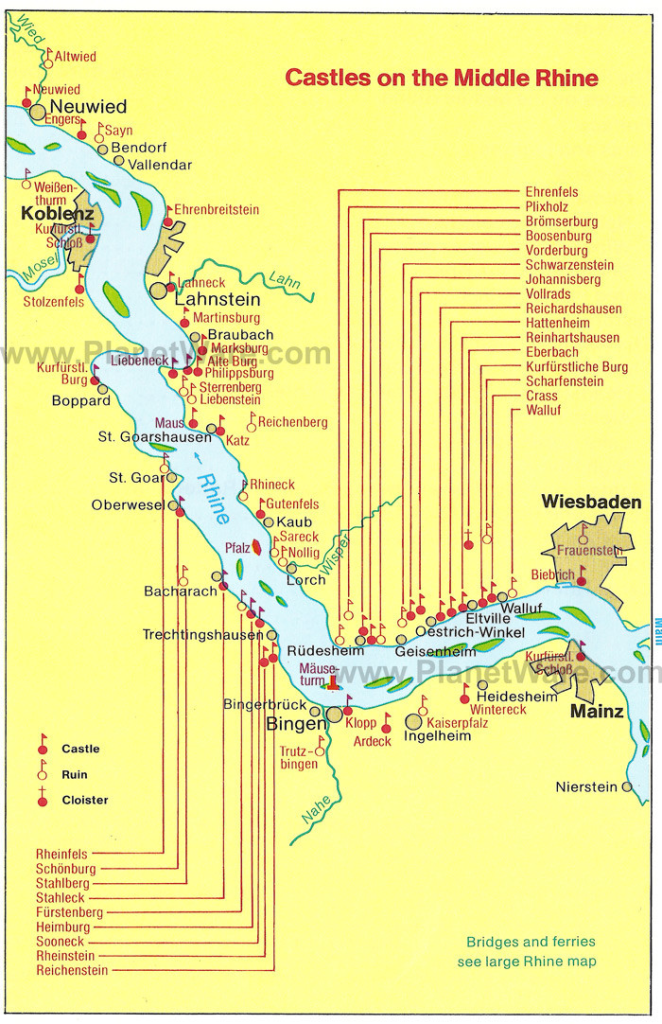
The Rhine Valley region has experienced many major events in its history, from a golden age of stability and prosperity to a war of blood and fire. Over the years, large and small castles were built in the mountains along the river valley, either as military fortresses, or as checkpoints for merchants, or as residences for princes and nobles; Today, some of them are still well preserved, some have been restored several times, and some are in ruins.
Through thousands of years of ups and downs, the Rhine River still flows quietly, and the legendary stories it has witnessed are engraved in the mottled wrinkles of the brick walls of the castle, waiting for you to dig.
Stroll through the carved time of the medieval town

Beautiful natural scenery, exquisite architecture, literary streets, leisurely rhythm… Who doesn’t want to go to a place like this and go for a slump and a daze? And the last thing along the Rhine Valley is such a fairytale town!
From Bingen, which guards the southern gate of the valley, to Koblenz, where the Moselle and Rhine rivers meet, 65 kilometres of historic towns are dotted on both sides of the river, like pearls of lustrous light. Whether it’s Rüdersheim, the wine country, Bacharach, known as one of the ten most beautiful towns in Europe, or St. Gore with the legend of Lorelai, it’s worth a stop.
Tasting the world-renowned Riesling wine

Rheingau in the Rhine Valley is the most important wine-producing region in Germany and the home of the famous Riesling white wine. As far as the eye can see, there are terraced fields covered with grape vines on both sides of the river, and old wineries are scattered among them.
The wine produced here has an attractive berry aroma, rich taste, sweet and sour, and the wisdom of generations of craftsmen, forming the unique wine culture of this region. When visiting the Rhine Valley, no matter which restaurant you eat in, you must try several white wines that the locals are proud of!
3. Towns and recommended attractions along the way
Next, let’s sort out the towns and attractions that can’t be missed in the Rhine Valley in the order from upstream to downstream (from south to north)
Bingen
Bingen is the southern gate of the Rhine Valley, and many tourists choose to take a Rhine cruise from this point. This is a simple and quiet town, with few pedestrians on the road and no bustling commercial districts. Here, you can slow down and look for the historical stories scattered in this small town.
Recommended attractions: Klopp Castle (Burg Klopp) Klopp Castle is the most conspicuous landmark building in the town of Bingen, and it is also the most suitable place for climbing. There is also a deep well from the Holy Roman Empire period here!
Opening hours of the tower: 8:00-18:00 every day from April to October

Bingen’s most iconic building – Klopp Castle (picture from the Internet) Mouse Tower (Binger Mäuseturm) Mouse Tower is located on a small island in the Rhine River and has a history of nearly a thousand years.
It was originally used as a tax collection customs office, and its current name is also derived from “Maut” (German for toll). Of course, there are many folklore stories about this tower. If you are interested, you can find out.

Rüdesheim
Rüdesheim, across the river from Bingen, is a famous wine country. Compared with the quiet Bingen, the bustling beer street here has a little more market atmosphere. Of course, apart from wine, Rüdesheim also has many cultural attractions worth visiting.
Must-see attractions: Drosselgasse (Drosselgasse) Drosselgasse is a narrow pedestrian street in the center of Rüdesheim Town. There are many shops and restaurants along the street. Locals usually hang out here comfortably, which is very lifelike.
If you want to taste wine, this is naturally the ideal place!

Niederwald Monument was built in 1883 to commemorate the victory of the Franco-Prussian War and the unification of the German Empire.
It is located on the hills outside Ruedesheim am Rhein, and is the most perfect viewing point for the town. There is no public transportation up the mountain from the town, but it only takes about 45 minutes to walk along the signs to reach the summit.
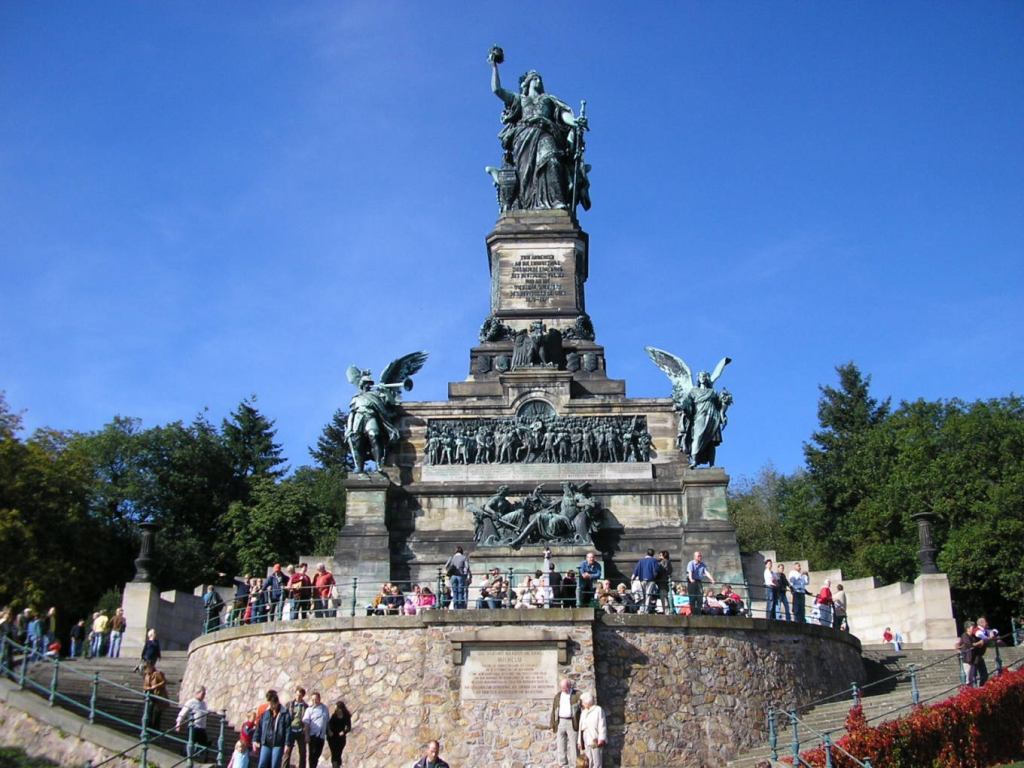
Bacharach
Bacharach is known as one of the ten most beautiful towns in Europe. The uneven terraced vineyards and the scattered cultural landscape complement each other. Gothic spiers and church ruins coexist harmoniously.
The waves are swaying and the mountains are luxuriant. Feel the perfect fusion of nature and history in a tranquil environment.

Recommended attractions: Wernerkapelle (Wernerkapelle) This church site is located on the mountainside , is the landmark building of Bacharach. This is a semi-open site without tickets. Visitors can visit its exterior, and if they are lucky enough to meet the door, they can enter the interior to find out.
Address: Oberstrasse 47, 55422 Bacharach
Postenturm occupies the commanding heights of Bacharach, and it is the best place to climb up and have a panoramic view of the town. The small town of Bacharach is small, and you can find the entrance to the mountain from Blücherstraße Street, just follow the road to the top.
Address: Blücherstraße 28, 55422 Bacharach
Sankt Goarshausen
A must-see:Lorelei Reef “Lorelei” is one of the most moving stories in German cultural history, resulting in many oral poems and movements, including Heine’s famous poem of the same name. It describes a banshee named Lorelai in the Rhine, whose gentle and beautiful singing caused passing fishing boats to veer off course, and eventually sank and died.
In fact, the prototype of “Lorelai” is just a mountain rock near St. Goldshausen am Rhein. This reef lies across the water, making this section of the river a frequent area of accidents. But regardless of the source, this romantic story has long been a legend, making Lorelei Reef a must-visit attraction.
Best view: Bahnhofstraße 8, 56346 St. Goarshausen
Koblenz
Compared to the town in front of it, Koblenz can be considered a “big city”. This is the end point of the Rhine Valley, a World Heritage Site, and the most exciting part of the journey.
Coming to Koblenz, looking at the confluence of the Rhine and the Moselle River, the beauty of the small family jasper was suddenly replaced by the pride of the mighty mountains and rivers, and suddenly there was a sense of beauty finally meeting heroes.
A must-see: Deutsches Eck has a pointed embankment at the confluence of the Rhine and Moselle rivers – this is the famous “Cape Deutsches”. It is a symbol of German unity and national spirit, and the equestrian sculpture of Kaiser Wilhelm I stands on the embankment as a silent declaration. The German Horn is a free square open all day long to calm your mind.

Ehrenbreitstein is just across the Horn of Germany and can be reached by cable car from the Cape of Germany. Once a fortress built by the Elector of Trier, it is one of the strongest castles of the 19th century and is still well preserved today.
Opening hours: 10:00-18:00 (April to October) 10:00-17:00 (November to March) Ticket
price: Fortress ticket 7 euros for adults, return cable car ticket 9.9 euros for adults, Fortress round trip cable car combined ticket 13.8 euros for adults

The Rhine Valley also hosts five major fireworks festivals (Rhein-in-Flammen) every year in five cities along the coast, with the 2017 festivals scheduled for Bonn on 5 May, Bingen/Rüdesheim on 6 July, Koblenz on 7 August, Oberwisel on 1 September and St. Gore/St. Groshausen on 8 September. If you visit the Rhine Valley on these days, consider experiencing this traditional local activity! More information can be found on the official website of the Rhine Fireworks Festival:***
These are just a few of the bright stars in the Rhine Valley, and it is clear that one trip cannot see all of its beauty. What we can probably do is to feel it with our hearts and not waste every second of our time.
Along the way we come across many exquisite towns, whose names may not be familiar to you, but each one is worth savoring. You don’t have to do any homework here, just walk the streets, look at the windows, pray at the church, listen to legends in the museum, and drink a hot cup of coffee.
4. Recommended tour methods
Visiting the Rhine Valley does not matter the order of the itinerary, whether it is from upstream to downstream or vice versa, it does not hinder the sightseeing experience. If travelling from Bingen or Rülsheim upstream, it is usually done by train or boat from Frankfurt or Mainz; If travelling from Koblenz downstream, you can get there from Cologne or Bonn.
Cruise
Boat trips are the most classic and popular way to visit the Rhine Valley. Among the companies currently operating cruise routes in the Rhine Valley, KD and Loreley-Linie are the more popular choices.
Tickets can be booked online in advance or on-site at major terminals, and tickets can be purchased in most cases as long as you go early in the morning. When buying tickets, you can choose the whole flight, or you can take only one of the legs, walk slowly ashore, and then continue to take other segments or other means of transportation.
Reference fare: depending on the length of the flight, it varies from 5-30 euros (round trip).
By car
If it’s a road trip, then congratulations, you can explore the Rhine Valley in the most enjoyable way! The advantage of driving is that you can stop at any town or castle along the way, and it doesn’t affect the experience of the Rhine cruise – choose one of the legs of the voyage and take a round trip!
However, it should be noted that parking spaces along the Rhine Valley are sometimes tight and need to be arranged in advance.
Walking/cycling
If you’re a superman/woman with great physical strength, consider hiking or cycling.
However, if you visit in this way, it is more exercise-in-nature and takes a long time, which is only suitable for super hiking/cycling enthusiasts!

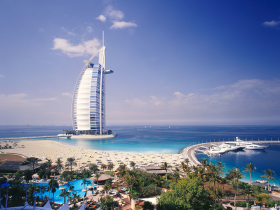
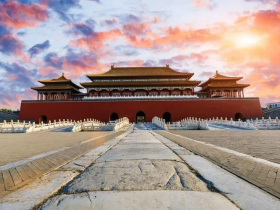
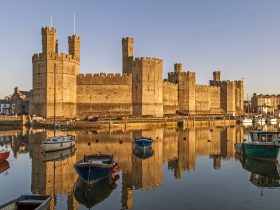
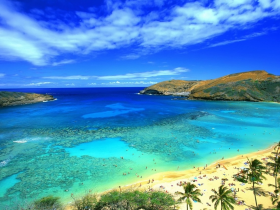
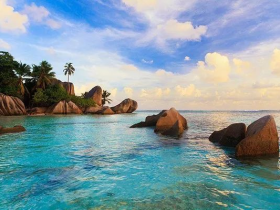
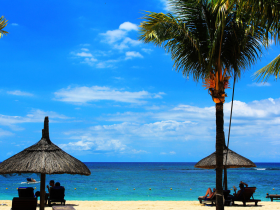
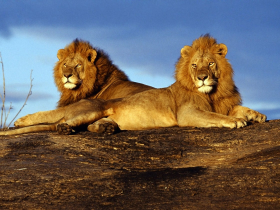
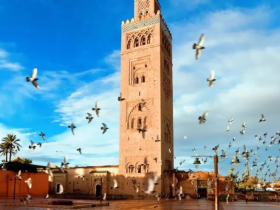
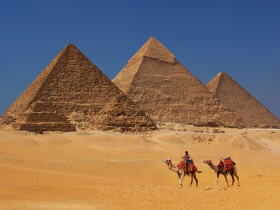
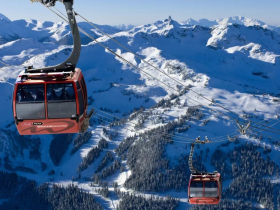
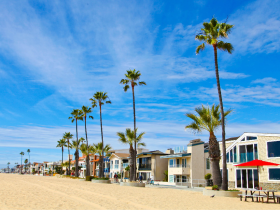
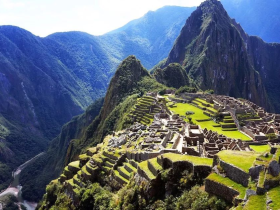
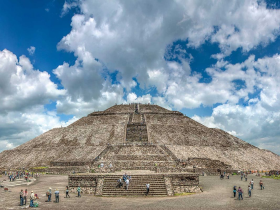
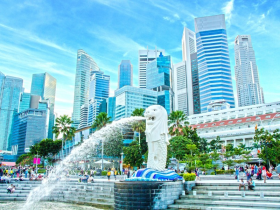
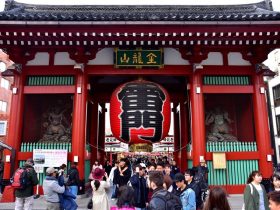

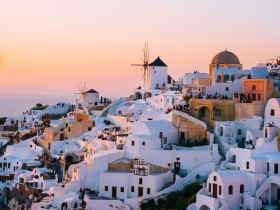
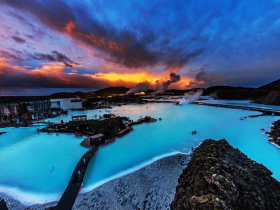
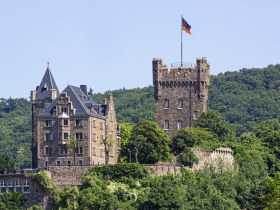
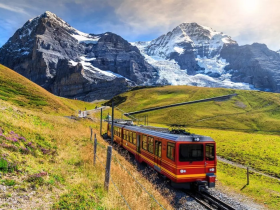
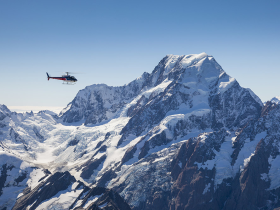
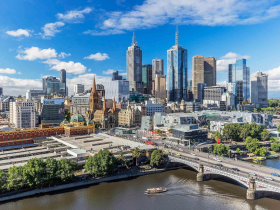
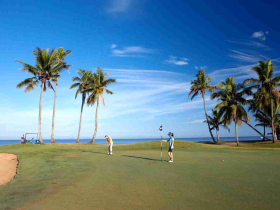
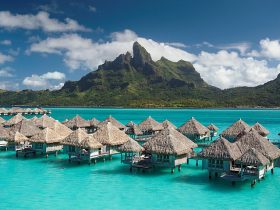
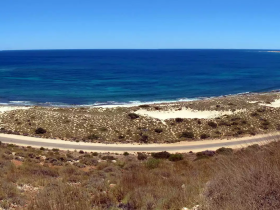
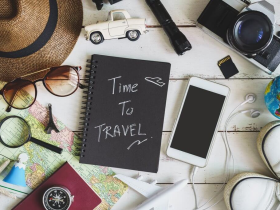
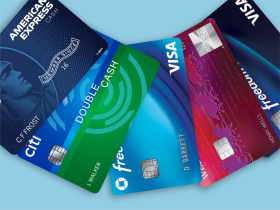
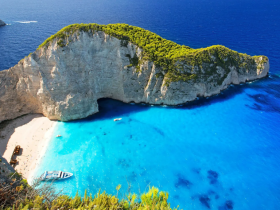
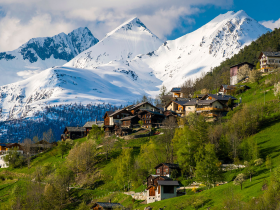
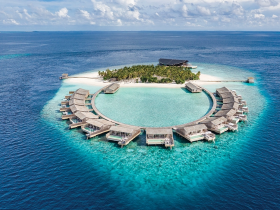
Leave a Reply